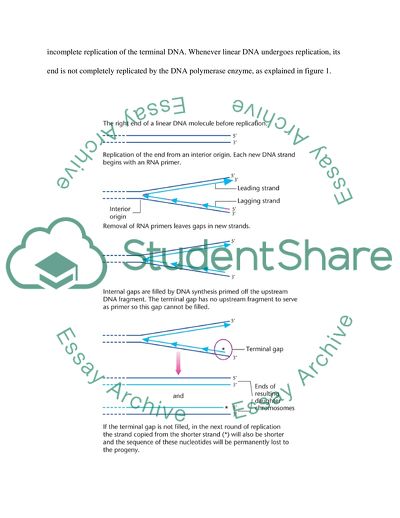Telomerase Significance in Cellular Ageing and Cancer Assignment. https://studentshare.org/biology/1848851-telomeres-are-structures-at-the-ends-of-chromosomes-that-are-produced-by-the-activity-of-the-enzyme-telomerase-in-your-mini-review-briefly-describe-the-main-biochemical-actions-of-telomerase-and-discuss-the-significance-of-differing-levels-of-telomerase
Telomerase Significance in Cellular Ageing and Cancer Assignment. https://studentshare.org/biology/1848851-telomeres-are-structures-at-the-ends-of-chromosomes-that-are-produced-by-the-activity-of-the-enzyme-telomerase-in-your-mini-review-briefly-describe-the-main-biochemical-actions-of-telomerase-and-discuss-the-significance-of-differing-levels-of-telomerase.


